How a Sikh leader's murder sparked a diplomatic fallout between Canada and India
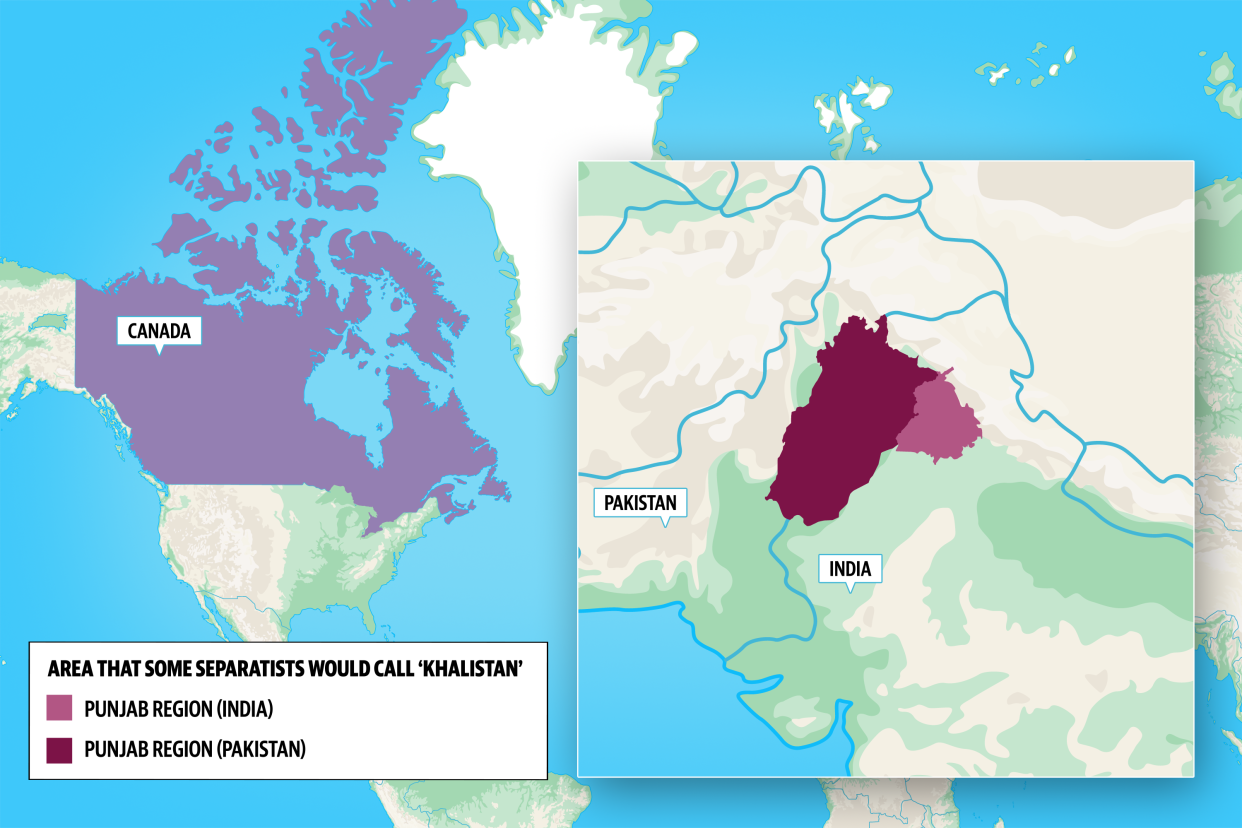
Relations between Canada and India continue to sour after days of back-and-forth diplomatic digs that featured accusations and subsequent denials over the death of a Sikh separatist leader in June.
On Monday, Canadian Prime Minister Justin Trudeau accused Indian agents of orchestrating the murder of Hardeep Singh Nijjar on Canadian soil. Trudeau told lawmakers that Canadian intelligence had gathered “credible” evidence of links between the Indian government and the assassination of the prominent Sikh leader.
“Any involvement of a foreign government in the killing of a Canadian citizen on Canadian soil is an unacceptable violation of our sovereignty,” Trudeau said.
India’s Foreign Ministry strongly denied the allegations, labeling them “absurd and motivated” and called out Canadian diplomats and their involvement in “anti-India activities.”
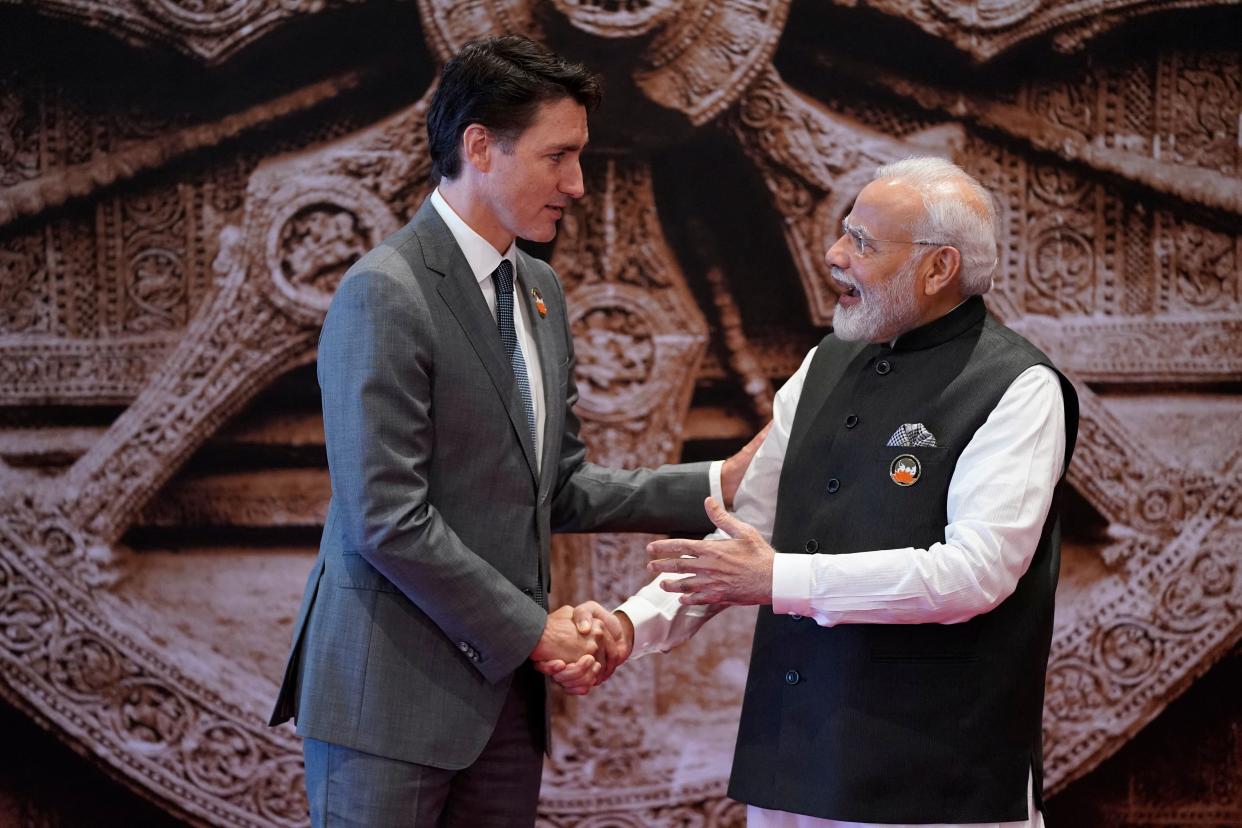
Ahead of the United Nations General Assembly in New York this week, Trudeau stated that Canada was not trying to provoke India but that it wanted to work with the government to understand the facts.
In the past three days, diplomats have been expelled and Indian visas for Canadians have been suspended, while New Delhi urged its citizens to exercise “extreme caution” for potential “hate crimes” in Canada over what they claim is a “deteriorating security environment.”
Read more on Yahoo News
Bloomberg: Trudeau’s murder claim risks upending U.S. courtship of India
The Independent: Canada tried to get Five Eyes allies to agree to joint condemnation of India over Sikh leader’s killing – report
Sky News: What is the Khalistan movement – and how is it linked to India-Canada tensions?
The Telegraph, Opinion: Assassination on Canadian soil is the sort of thing India’s close ally Putin does
The Independent: Son of slain Canada Sikh leader says Trudeau statement vindicates what family always suspected
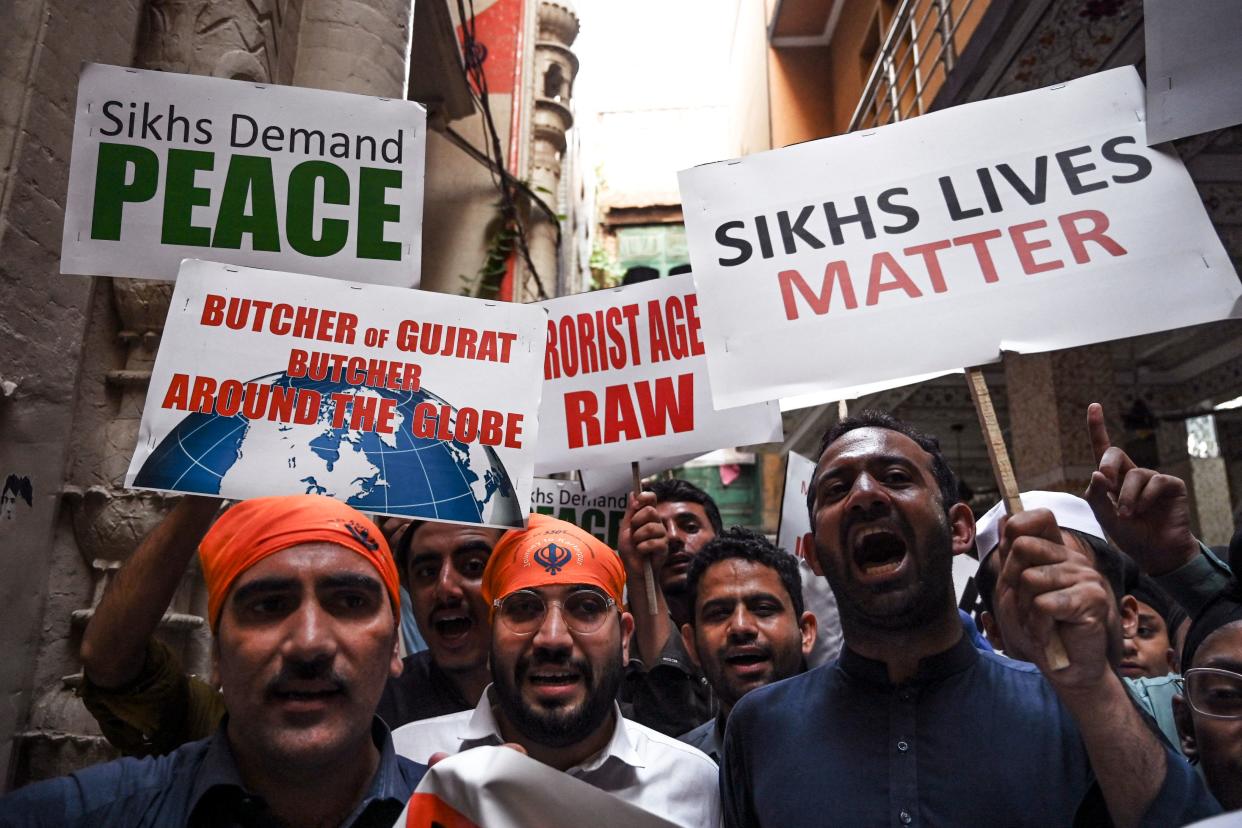
Canada’s Public Safety Minister Dominic LeBlanc dismissed the warning of safety, reassuring Indian nations that “Canada is a safe country.”
In a continuation of the stalemate, the High Commission of Canada in India told CNBC that it has “temporarily adjusted” the “presence” of diplomatic staff in India because of threats received on various social media platforms. Meanwhile, a spokesman from India’s Foreign Ministry criticized Canada, claiming it is a “safe haven for terrorists, for extremists, and for organized crime.”
Sikhs in India
In 1947, when India gained independence from British rule, it was split into two nations: India and Pakistan. The partition was drawn along religious lines, with the state of Punjab divided between both India and Pakistan. Going back as far as then, Sikhs — a religious minority in the majority Hindu country — have called for a sovereign state. And in the state of Punjab, Sikhs are the majority, making up 58% of the population. This is where they hope to create their homeland: Khalistan, meaning “land of the pure.”
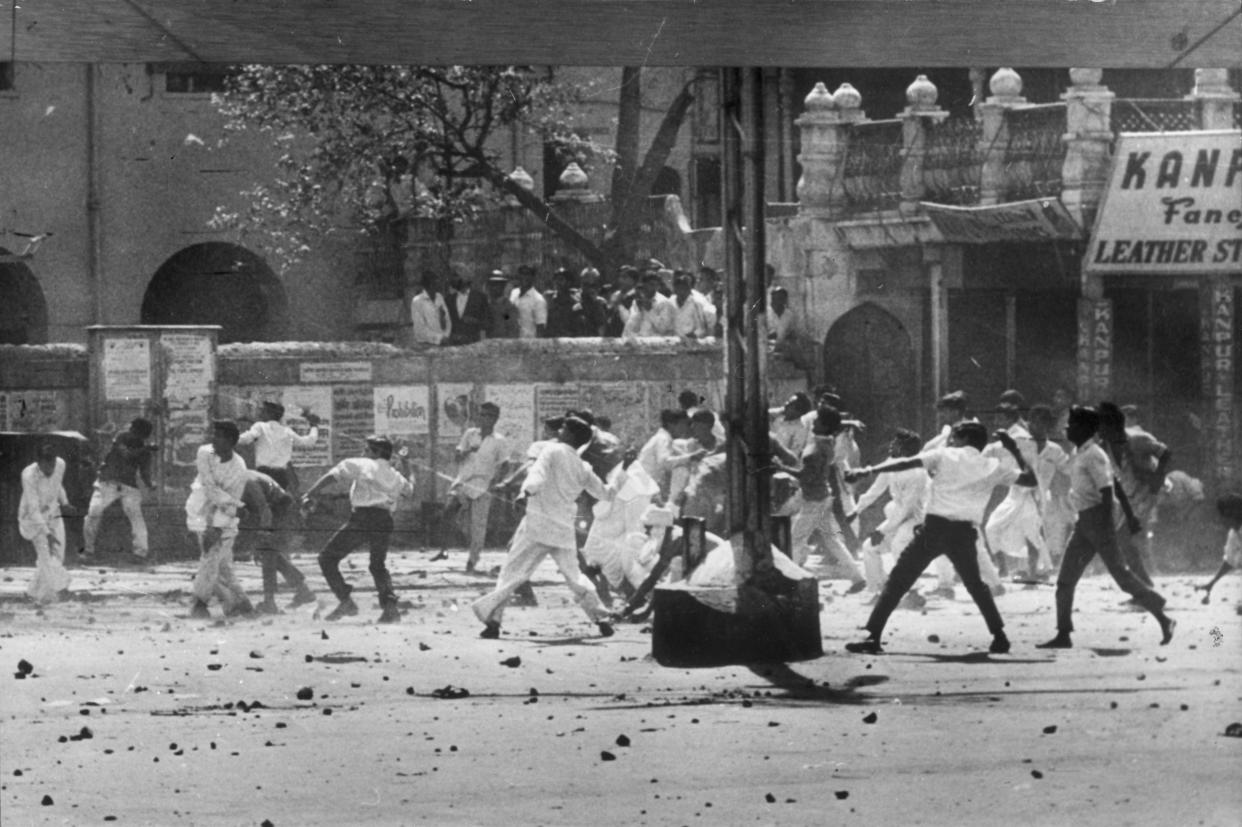
Tensions between Sikhs and the Indian government reached an all-time high in the 1980s, when the separatist Sikh movement turned violent. Then-Prime Minister Indira Gandhi condemned the campaign, seeing it as a direct threat to India. Government forces descended on the Golden Temple — the holiest shrine in the Sikh faith — and killed those involved in the campaign. In retaliation, Gandhi’s two Sikh bodyguards assassinated her. Following this, the Hindu majority turned against the minority Sikh community, ripping people from their homes and killing them. Under India’s Unlawful Activities Prevention Act, the Khalistan movement has been banned for being considered a threat to national security.
While the call for a sovereign state became less prominent in India’s public discourse, the call for a separate Sikh state remains a priority for the Sikh diaspora community around the world. A recent revival of the movement abroad has caused concern about whether it will mean a return of violence in India. It is also worth noting that India’s Punjab state is where a high volume of wheat is grown and so is a financially significant region.
The murder of Hardeep Singh Nijjar
On June 18, Canadian citizen Hardeep Singh Nijjar was shot dead outside a Sikh temple in Surrey, British Columbia. Nijjar had long been an activist in the Sikh community and was a prominent supporter of the creation of Khalistan.
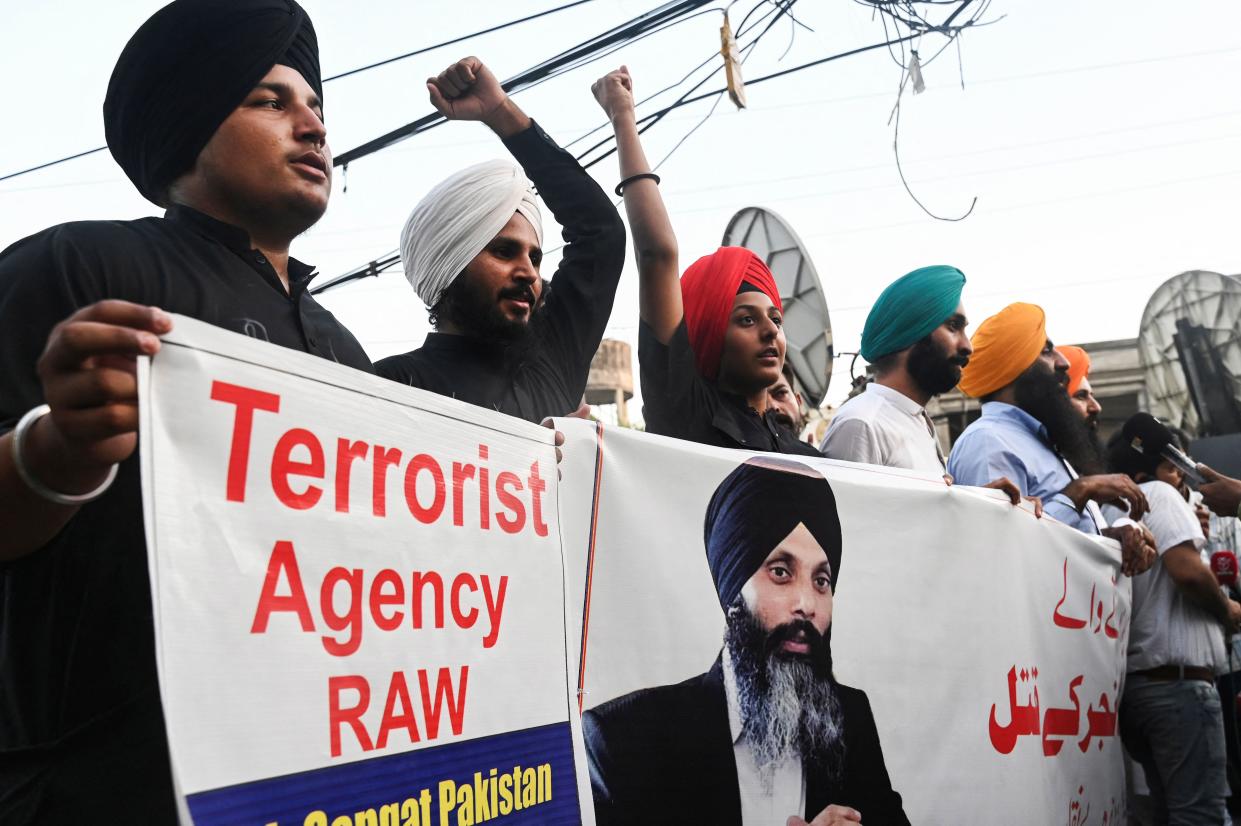
Nijjar was labeled a terrorist in India and was wanted after authorities accused him of being involved in the death of a Hindu priest — charges he had profusely denied. At the time of his death, it was reported that he had been organizing an unofficial referendum in India regarding the formation of Khalistan.
Following Trudeau’s accusations on Monday, Nijjar’s son Balraj Singh Nijjar told the CBC that the statement had “confirmed his family’s suspicions” and that it was “just a matter of time for when the truth would come out.”
Nijjar is the third Sikh leader promoting the separatist movement to have been killed this year. One was killed in Pakistan and another in the U.K.
